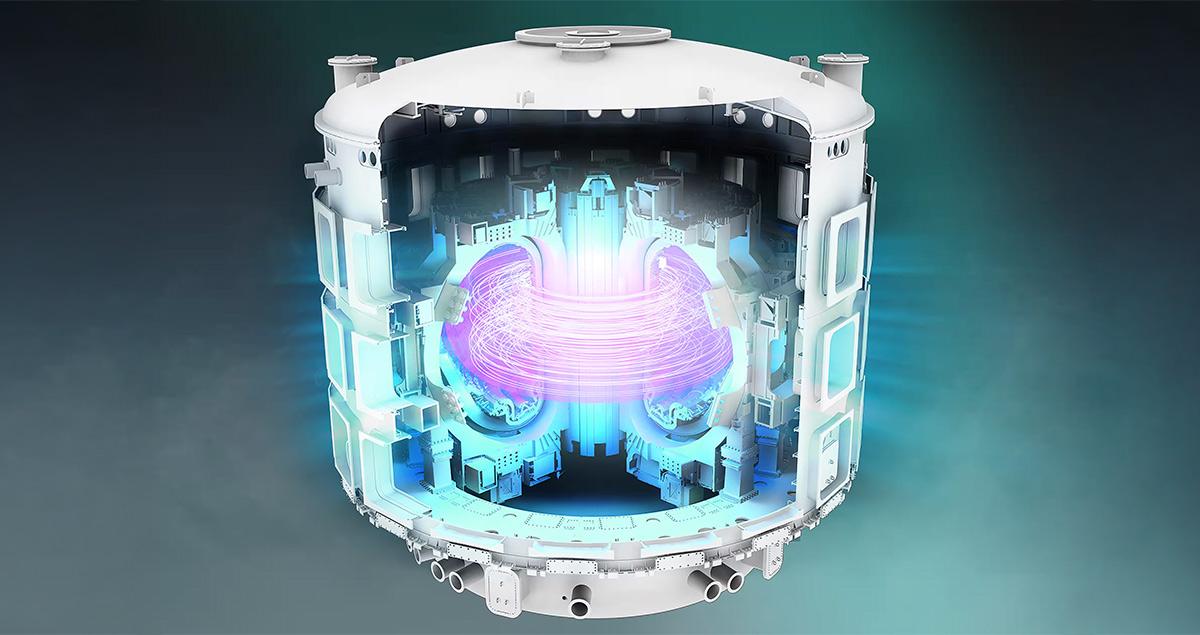Nuclear fusion: 9 key moments from the journey so far

An “almost inexhaustible” amount – that’s how the World Nuclear Association describes how much clean, safe and affordable energy nuclear fusion could supply.
For decades, scientists have been working on the process, which combines two light atomic nuclei into a single heavier one and releases massive amounts of energy along the way. No CO₂ is emitted and the hydrogen isotopes that fuel fusion can be easily extracted from seawater in virtually unlimited quantities.
Per kilogram of fuel, fusion could generate nearly four million times more energy than burning coal or oil, according to the International Atomic Energy Agency.
With all that in mind, it’s not hard to see why research into reproducing the power of the sun and stars on Earth is being conducted by 45 companies in around 13 countries, from small start-ups to facilities such as ITER in France – the world’s largest. ITER, an international project working to demonstrate the scientific and technological feasibility of producing energy with fusion, wants to achieve fusion power production at power-plant scale.
It recently took a major step on that journey, with Mitsubishi Heavy Industries and National Institutes for Quantum Science and Technology, who collaborate on the production of key components for ITER, completing an important prototype of part of the reactor.
But how did we get here – and what have been some of the other milestones along the way? The graphic below takes a closer look.
Discover more about MHI’s work in fusion energy





